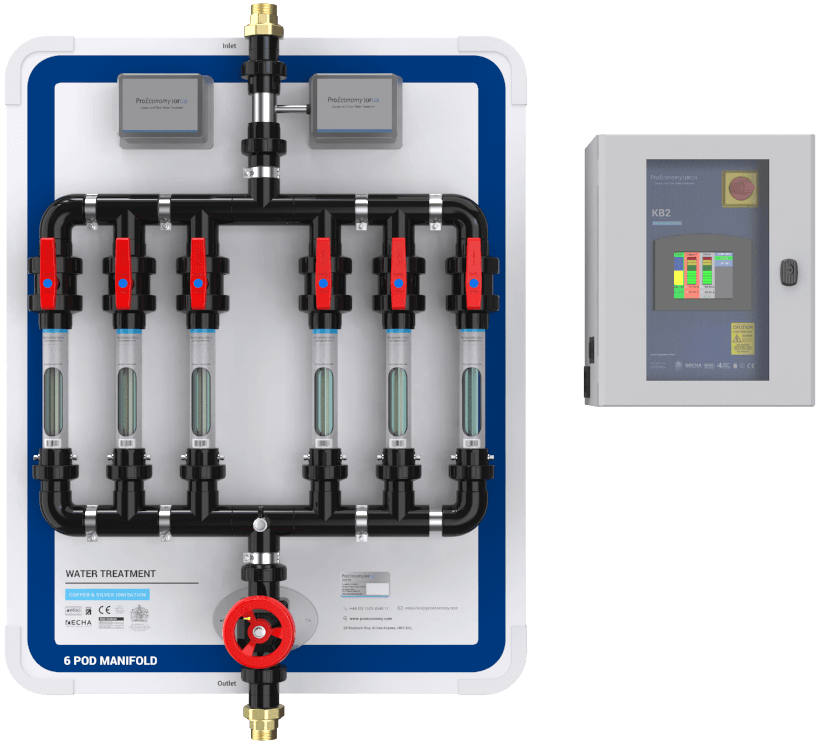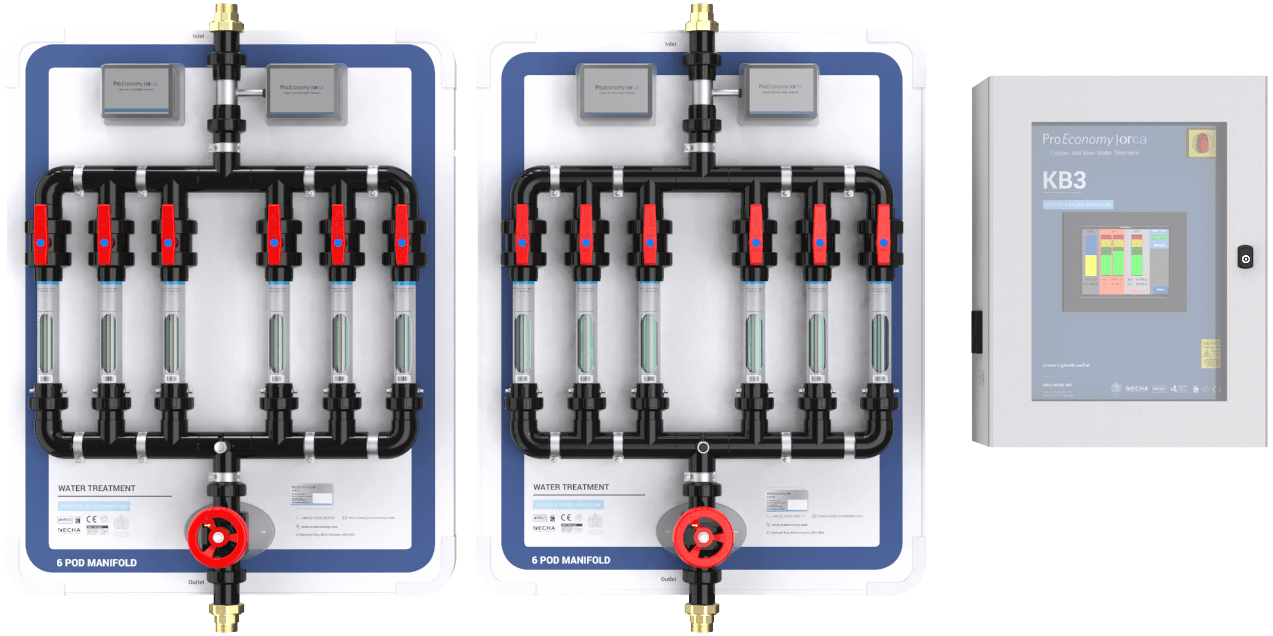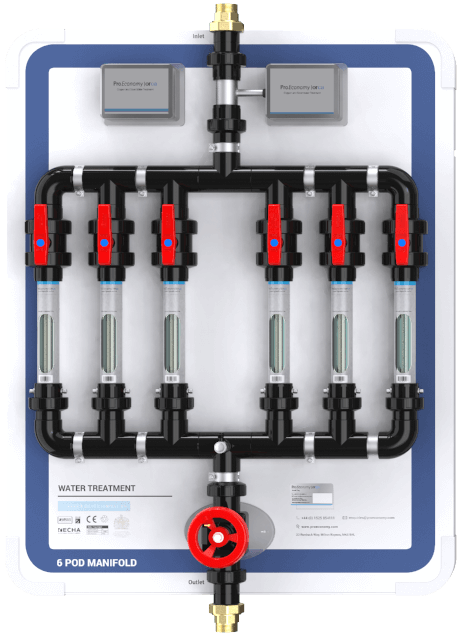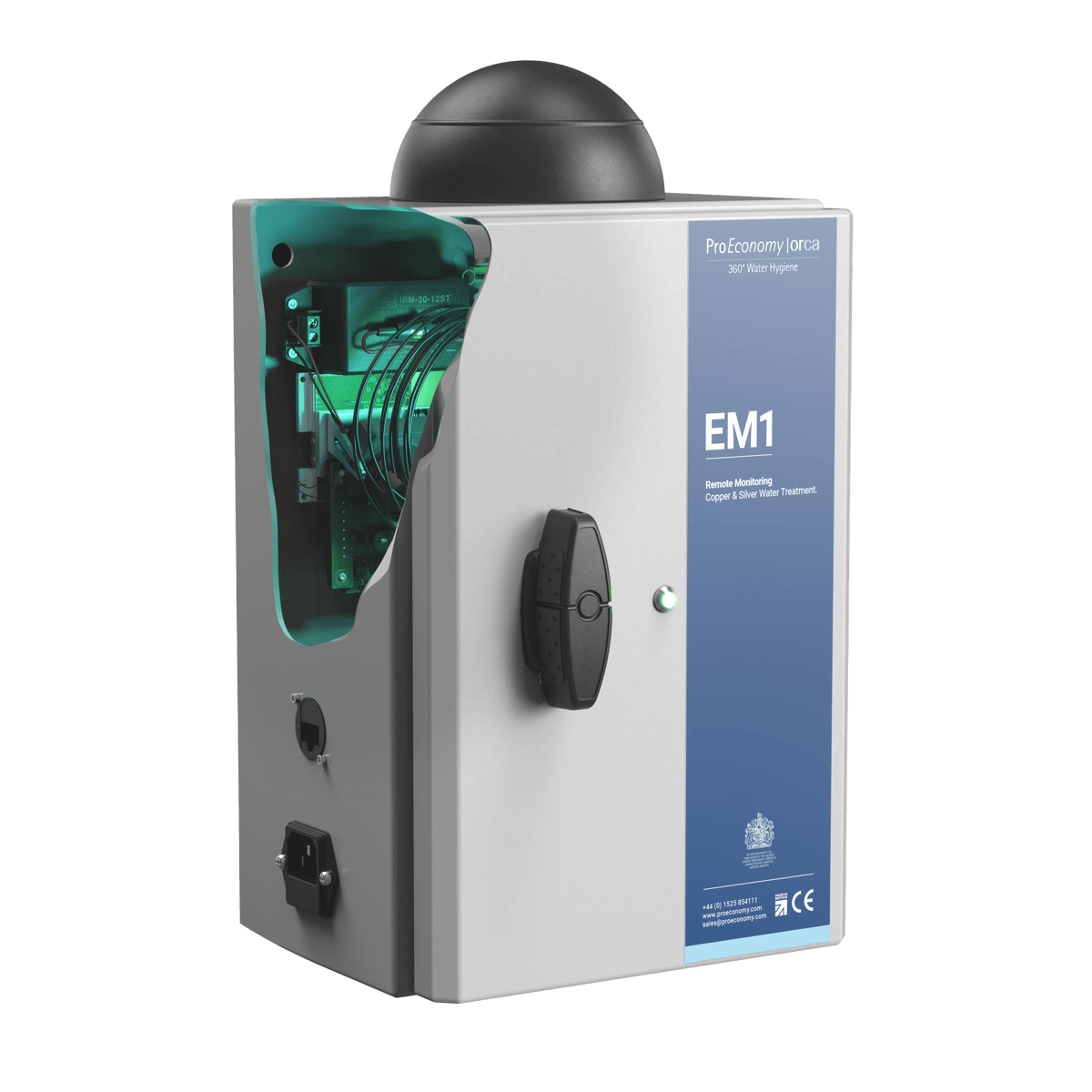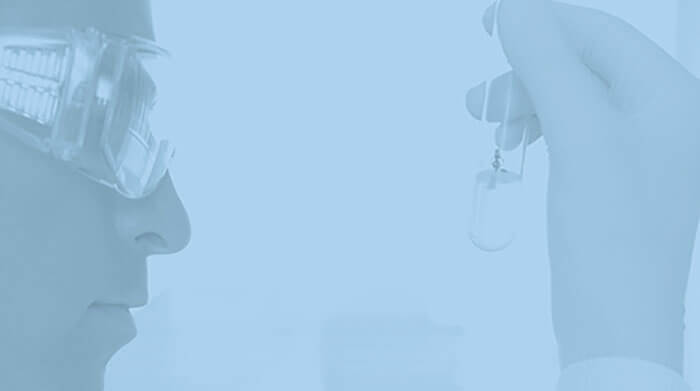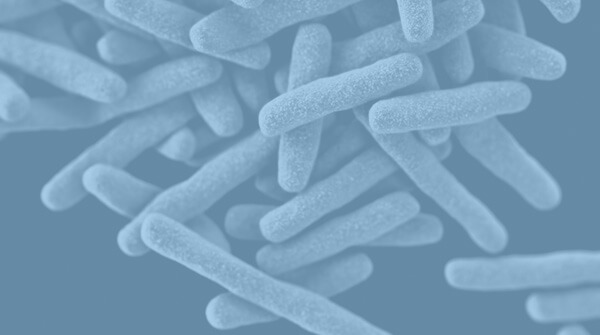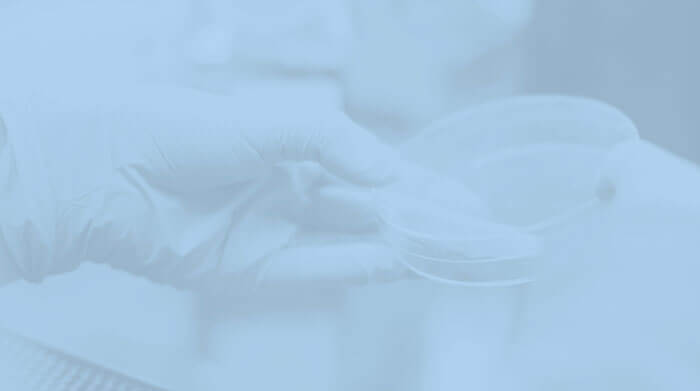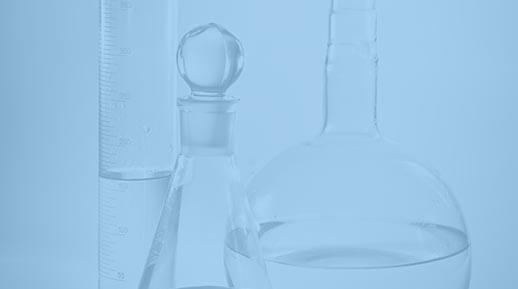Copper Silver Ionisation Effect On Biofilms
Biofilms are layers of microbial cells that become attached to surfaces submerged in water. They are complex structures formed by bacterial communities comprising multiple species that grow on a solid surface. Legionella is one of the important bacteria species. It contaminates water systems in public water supplies and borehole waters, and colonises these systems from biofilms, where it is protected from disinfection.
Copper Silver Ionisation Effect On Biofilms
The Orca copper silver ionisation water treatment system has been shown to control biofilms more effectively than any other Legionella control modality. By controlling biofilm formation, it reduces maintenance on tanks, taps, mixing valves, shower heads and other water-bearing equipment. Several studies describe the effectiveness of copper and silver ionisation in the control of biofilms and Pseudomonas spp.
Copper and silver ionisation involves the continuous release of copper and silver ions in water. The Orca copper silver ionisation system generates ions by passing a low electrical current between two pure copper and two pure silver electrodes.
The biocidal efficacy of copper and silver is well documented. It has been suggested that the silver ion primarily affects the function of membrane-bound enzymes of bacteria, such as those in the respiratory chain, through binding to thiol groups. However, Yamanaka et al. (2005) found that the silver ion also readily infiltrated the interior of bacteria rather than remaining in the cell membrane area, and that one of the major bactericidal actions of the silver ion was caused by its interaction with the ribosome and subsequent suppression in the expression of enzymes and proteins essential to ATP production.
Case Studies
Studies carried out in-vitro with biofilm demonstrated that its formation was controlled by copper and silver ionisation (BSRIA TN6/96, Walker et al, 1997, Shih and Lin, 2010). Evaluation tests of copper and silver ionisation units that were treating actual hot and cold water systems in hospitals demonstrated that L. pneumophila was controlled (Liu et al., 1994, Miuetzner et al, 1997, Liu et al, 1998, Stout et al., 1998, Biurrun et al., 1999, Kusnetsov et al, 2001, Stout and Yu, 2003, Chen et al., 2008, Bedford, 2013).
A residual effect of copper and silver throughout treated systems was also observed. Studies carried out in 1994 and 1998 by Liu et al demonstrate that the residual copper and silver produced by ionisation continues to control Legionella for as long as 3 months after the copper silver ionisation system is switched off (Liu et al., 1994, Liu et al., 1998).
- BSRIA Project
A BSRIA project (BSRIA TN6/96) demonstrated how biofilm can be controlled in a rig by using copper and silver ionisation. Biofilms were analysed in the copper pipework circuits and the glass reinforced plastic (GRP) tanks by removing small copper coupons from the copper pipework circuits and GRP coupons from the tanks. These coupons were covered with biofilms and disinfected by copper silver ionisation. The cistern GRP and cold water circuit copper coupon samples of the rig that were supplied with hard water demonstrated a 30% drop in biofilm coverage on commencement of disinfection.
After 14 days of disinfection, the percentage coverage on the surface of the hot water circuit copper coupon was reduced to less than 5%. However, the percentage coverage on the cistern GRP coupon sample began to increase to 30% after 21 days. The authors suggested that biofouling returned on the cistern GRP coupon because it was difficult to maintain silver concentrations above 0.01 mg/L due to scaling of the silver electrodes. This therefore obstructed the release and presence of silver.
In our own study we found that scaling can be successfully removed by switching the electrode polarity. Copper silver ionisation disinfection resulted in a rapid decrease in biofilm coverage on the cold water copper coupon samples of the rig that was supplied with softened water, from over 50% to less than 5%. A gradual, constant decrease was noted, to less than 10%, on the cistern GRP and the hot water copper coupons. The study shows that, where operated at concentrations of 0.4mg/L copper and 0.04 mg/L silver, copper silver ionisation is effective for the control of biofouling.
- Shih and Lin (2010)
Shih and Lin (2010) also demonstrated that copper and silver ionisation was effective in controlling biofilms. A model plumbing system consisting of four transparent PVC biofilm sampling pipes was designed. A 14-day inoculation period was followed by 120 hours of disinfection. The inocula solutions consisted of a bacterial suspension (3 x 106 cfu/ml) comprising environmental isolates of P. aeruginosa and S. maltophilia that are biofilm-associated sessile pathogens. Copper and silver ion concentrations were maintained between 0.2 mg/L copper/0.02 mg/L silver and 0.8 mg/L copper/0.08 mg/L silver. Complete inactivation of the biofilm-associated P. aeruginosa was achieved within the first 24 hours. Biofilm-associated S. maltophilia was completely inactivated in 48 hours, Meanwhile, 99.9% of biofilm-associated A. baumannii was killed in 12 hours.
A study by Liu et al. (1998) also found that a significantly higher copper concentration was found in the biofilm taken from a sampling device than was in the surrounding water. This was taken to be the reason for the residual effect of the copper and silver ionisation system and its prevention of early re-colonisation.

